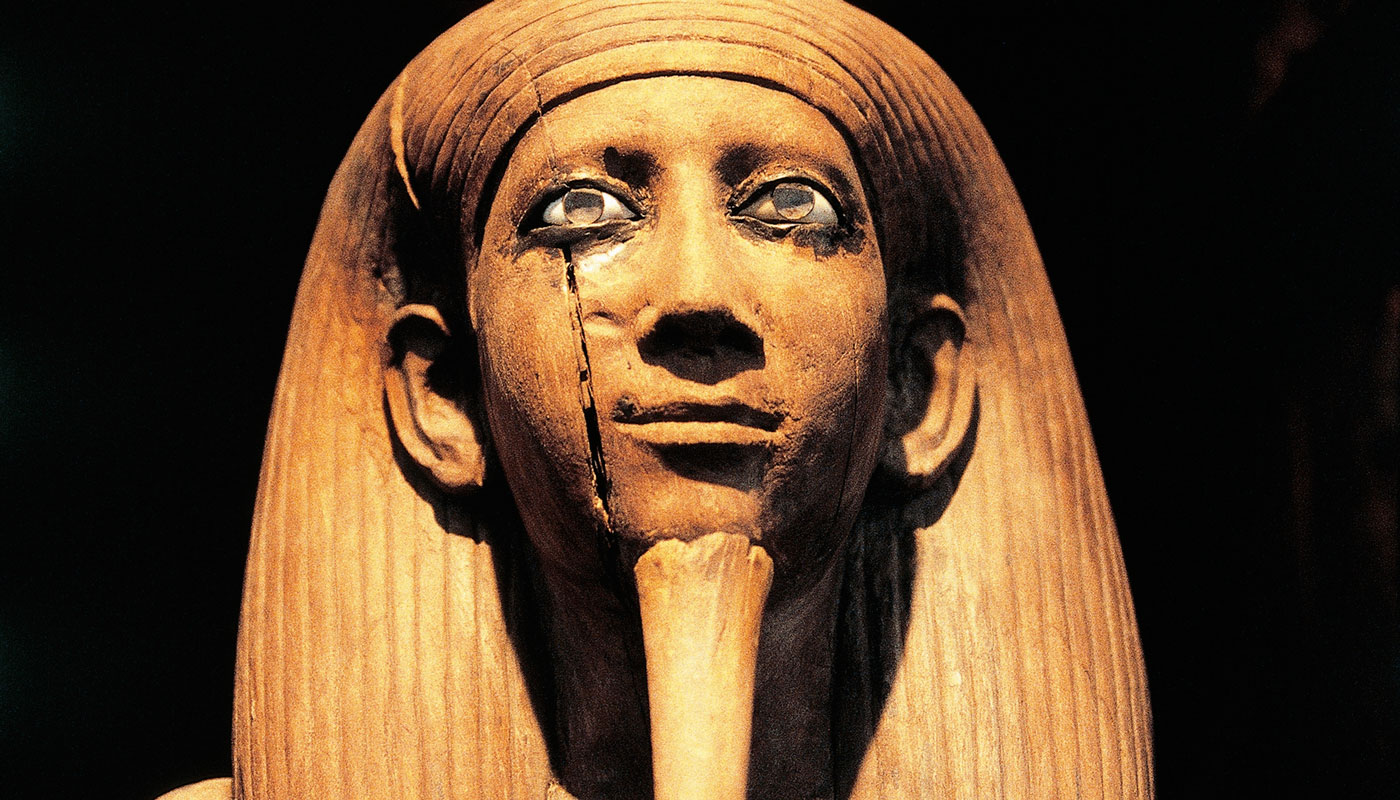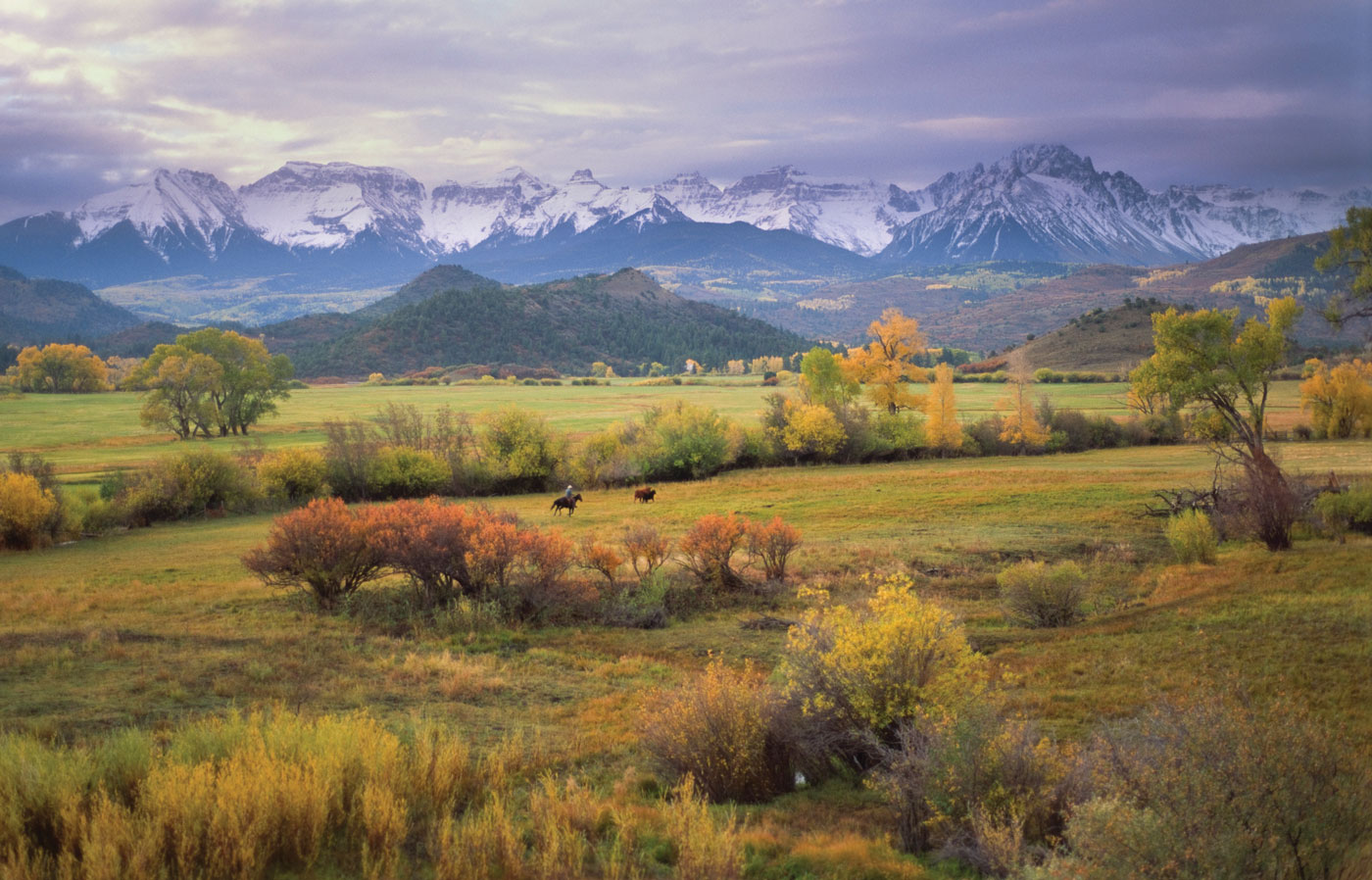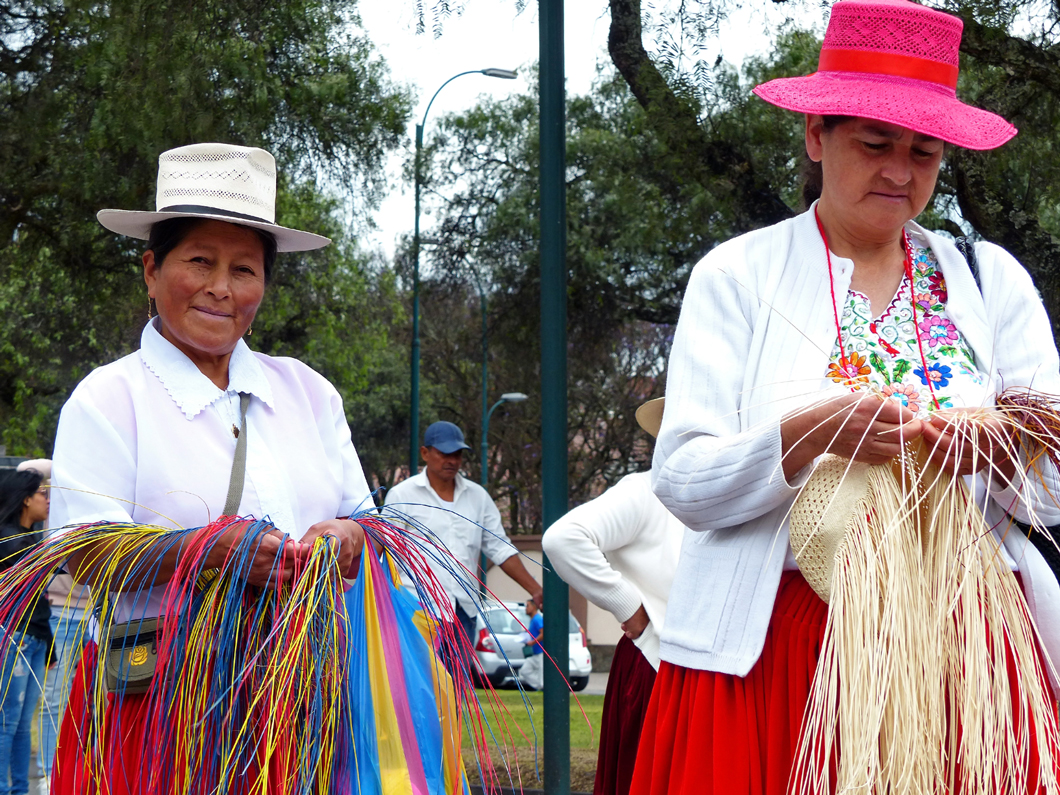Reading has the power to take you anywhere in the world. With that in mind, we are so happy to announce our brand new Continents Series, 7 Units to explore far-off destinations beyond your window. Hike the Alps in Switzerland, befriend giraffes in Kenya, visit the Taj Mahal in India, and so much more.
Our Continents Series also reaches the full spectrum of subjects in your classroom. To make these Geography Units truly cross-curricular, here are 7 new lesson ideas, one for each continent. The best part is, there’s no passport required!
Africa: Art
The first forms of art date back 70,000 years ago. African art preserved the history and culture of ancient peoples, giving us knowledge of their way of life so many years ago. The art gives us insight into the creativity and values of the African people. After reading the Ancient African Art Topic, have students draw and color their imaginings of African art on a piece of paper. Encourage them to use black, blue, gold, and yellow while keeping in mind the symbolism these colors hold as used in African art. Have them discuss their drawings with another student. For an even deeper understanding of this continents rich history, have your students explore our African Kingdoms Unit.
Antarctica: Math
In our Antarctica Unit, students learn that the average winter temperature is –74°F. Have students research the average winter temperature in your town and other cities around the world. Then encourage students to do some math problems with Fahrenheit and Celsius. For example, what is –74°F on the Celsius scale? What is 50°F expressed in Celsius? What is 50°C on the Fahrenheit scale?
Asia: Engineering
The Negev Desert in Israel gets approximately 1 inch of rain a year. Israelis have been able to use technology that brings just the right amount of water directly to each plant. Have students research the process of drip irrigation in Israel. Have them consider the following questions: What is the process of drip irrigation like from start to finish? Where did drip irrigation originate? How has drip irrigation affected the lives of Israelis and the economy of Israel? Have students research and then create a multimedia presentation on the drip irrigation system. Students can learn even more from our Asia Unit and Engineering Unit.
Australia and the Pacific Islands: Science
Our Australia and the Pacific Islands Unit has a focus on the unique wildlife found in Australia. Many different types of animals only found in Australia are discussed. Have small groups work together to research an animal of their choosing, such as kangaroos, koalas, platypuses, or the corals found in the Great Barrier Reef. Have students work together to create a multimedia presentation about the animal they chose. They should include facts about the animal, such as what it eats, where it lives, how it cares for its young, and what harms it.
Europe: Music
In Lisbon, Portugal, fado music is a traditional music genre. According to our new Europe Unit, the music is about the realities of everyday life, sometimes hopeful, sometimes sad. Have students look up and listen to a song in the fado musical genre. Have students identify what they think the mood of the song is. Then, have them write song lyrics about their own realities in everyday life. Have them write what instruments they would imagine playing the song.
North America: History
As shared in our Regions of North America Unit, geographical regions and features change over time. For instance, oceans and lakes dry up and turn into deserts; mountain ranges grow and shrink. Ask students to explore the history of such geographical changes and transformations. Have them use the Internet or other available resources to research questions such as the following:
Why do geographical features change over time? Where do bodies of water come from? Where do deserts come from? What did North America look like 10,000 years ago? What about 100,000 years ago? What did North America look like during the Ice Age? Students can share the results of their research orally or in writing.
South America: Language Arts
Quechua, the ancient Inca language, is the most widely spoken language in Ecuador. However, the Inca never developed a written language, though it was theorized that they had a record-keeping system with knotted string. Have students imagine that they must communicate a message without using written letters. They can use resources such as string, scissors, glue sticks, paper plates, but they cannot form letters. Have students display their messages on their desks and go around the classroom to try to decipher each other’s messages. Our South America Unit explores Ecuador and the nearby countries, Peru and Bolivia. Students can dive deeper into the lives of the Incan people in our Incas Unit.







